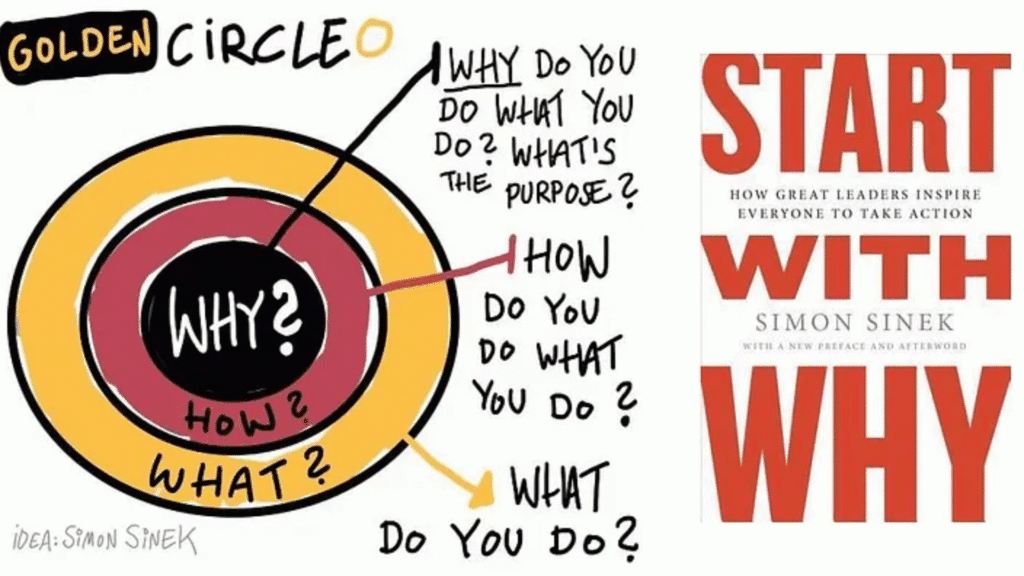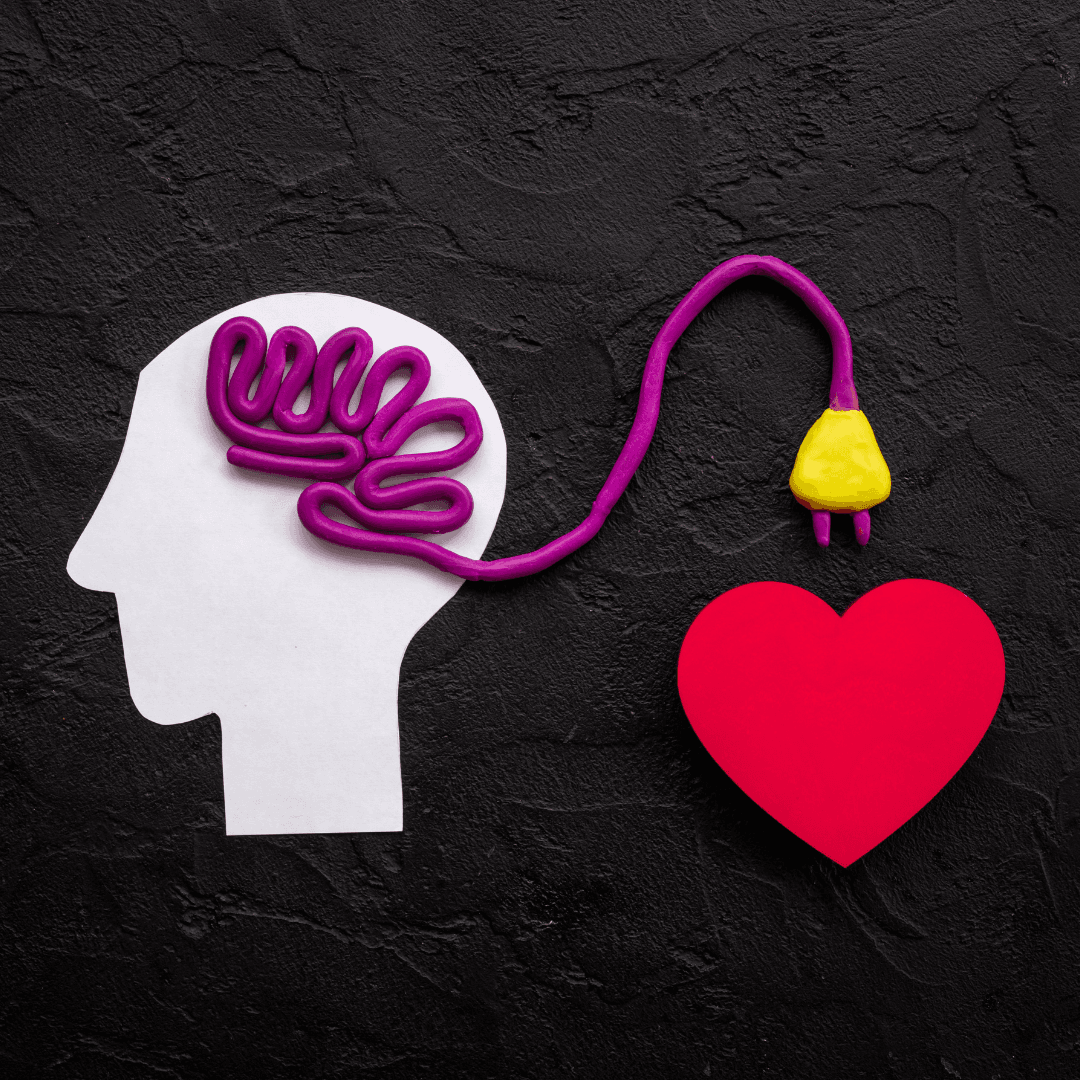I was at an IdeaShare breakfast recently; a Mastermind-style group where business leaders discuss challenges and share insights. At the end, a colleague, Dennis O’Neill, shared a powerful piece of wisdom from a mentor:
“Logic leads to conclusion; emotion leads to action.”
This resonated deeply, crystallizing so much of what I’ve observed in organizations of all sizes, especially when it comes to driving meaningful change.
The Limits of Pure Logic in Business
In our data-driven world, we often prioritize gathering facts, applying logic, and making rational decisions. Indeed, much of my time in past corporate roles was spent in this pursuit. This “scientific management” approach has its place; sound decisions require a logical foundation. However, purely logical conclusions, even if correct, often fail to inspire the enthusiastic action needed to bring them to life. Teams might follow process and procedure, but without an emotional connection to the “why” behind a decision or a plan, true buy-in and the willingness to adapt and accelerate are often missing.
Emotion: The Engine of Engagement and Action
This is where Simon Sinek’s “Start With Why” concept, famously explored in his TED talk, becomes so critical. The “Why” is the purpose, the belief, the cause; it’s inherently emotional. When leaders can articulate a compelling “Why,” they create an emotional connection that motivates people to act, to contribute their best, and to persevere through challenges.
A new contact recently observed, after hearing about my approach to leadership and career, “Isn’t it a disappointing commentary on society that a human approach to leadership is a real differentiator these days?” I believe these two ideas, “emotion leads to action” and the power of a “human approach”, are intrinsically linked. They speak to an underlying value that is incredibly potent for any leader or business.

Finding the Balance: The Human Side of Business & Technology
Business, at its core, exists to deliver value to humans; whether it’s creating an invigorating environment for employees, or providing products and services that genuinely benefit customers. This value can be described with facts and figures, but it’s truly felt and acted upon through emotion. As a fractional CIO, when I work with Small and Medium-Sized Businesses (SMBs) on their IT strategy, it’s not enough to present a logically sound technology roadmap. We also need to build the “emotional story”:
- How will this new IT system empower your team and make their work more fulfilling?
- How will this digital transformation create a better experience for your customers?
- How will this technology investment help the business achieve a meaningful purpose that everyone can rally behind?
By consciously refocusing on the human side of business and technology, by connecting strategic initiatives to the emotions, aspirations, and values of your people, you unlock a far greater potential for success. Logic provides the map, but emotion provides the fuel for the journey.
What’s Next
In your SMB, strive to find the balance. Use logic and data to arrive at sound conclusions and strategies. But to truly drive action, achieve buy-in, and navigate the complexities of change, connect with the human element. Craft the emotional story that makes your “Why” resonate, that inspires your team, and that ultimately helps your business “Succeed Sooner.”
Is your SMB struggling to get true buy-in and enthusiastic action on important strategic or technology initiatives? If you’re looking for a partner who understands how to connect logical strategy with the human element that drives execution, let’s connect with Succeed Sooner Consulting.


Leave a Reply